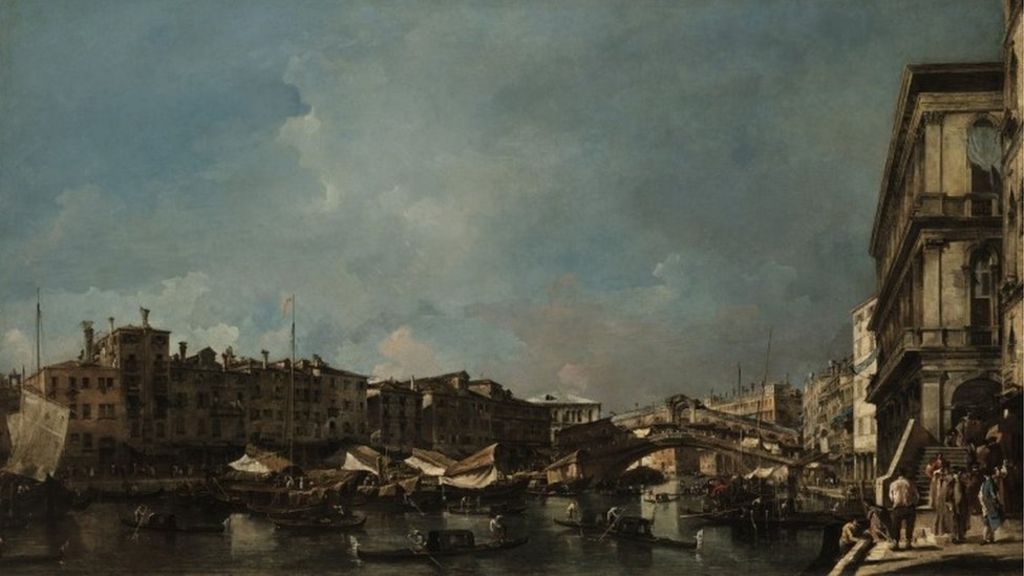Artworks worth almost 300m leave country permanently – BBC News

 Image copyright DCMS/PA
Image copyright DCMS/PA Artworks worth almost 300m have left Britain permanently since 2011, according to new figures.
The pieces include Picasso’s Child With A Dove worth 50m which is now thought to be in Qatar.
Wealthy buyers are using “exploitable loopholes” and “gentlemen’s agreements” to avoid export restrictions on national treasures, say experts.
However, the Arts Council said 32 such items had stayed in Britain because of the rules since 2011-12.
Important cultural objects bought by overseas collectors often have a temporary export ban put on them.
This gives British dealers or museums a chance to match the price.
But a total of 41 national treasures worth 278m were granted export licences between 2011 and 2016.
These include:
- Veronese, The Triumph of Venice (15.4m)
- Marble statue of Aphrodite from Syon House (9.6m)
- Rembrandt van Rijn, Rembrandt Laughing (16.5m)
- Christian van Vianen, Dutch silver ewer and basin (7.5m)
- Francesco Guardi, Venice: A View of the Rialto Bridge from the Fondamenta del Carbon (26.7m)
The Art Fund – which campaigns to save art for the nation – said the rules should be tightened.
Stephen Deuchar, director of the Art Fund, said: “Applying for an export licence you have to promise if a museum raises a matching sum you will sell it to them.
“We [the Art Fund] want to see some proper legal muscle to a system currently based on gentlemen’s agreements.
“The civil servants running it need to listen to people who have new ideas for change.”
‘Right balance’
But leading art historian and dealer Bendor Grosvenor said the UK’s export system was probably the best in the world because it balanced the interest of both the public and private collectors.
“Art is a global business,” he said. “Is it in the public interest for the state to effectively seize someone’s private assets?”
Artefacts are considered to be a “national treasure” if their loss would be felt through historical importance, appearance and scholarship.
A Department for Culture, Media and Sport spokesman said: “The UK’s cultural export controls helps to keep national treasures, such as TE Lawrence’s dagger and Jane Austen’s ring, in the country.
“While it’s not possible to save every object, the system is designed to strike the right balance between protecting our national cultural heritage and individual property rights.”
The decision on whether an artwork is a national treasure is made by the Reviewing Committee on the Export of Works of Art and Objects of Cultural Interest.
Read more: http://www.bbc.co.uk/news/entertainment-arts-38686748